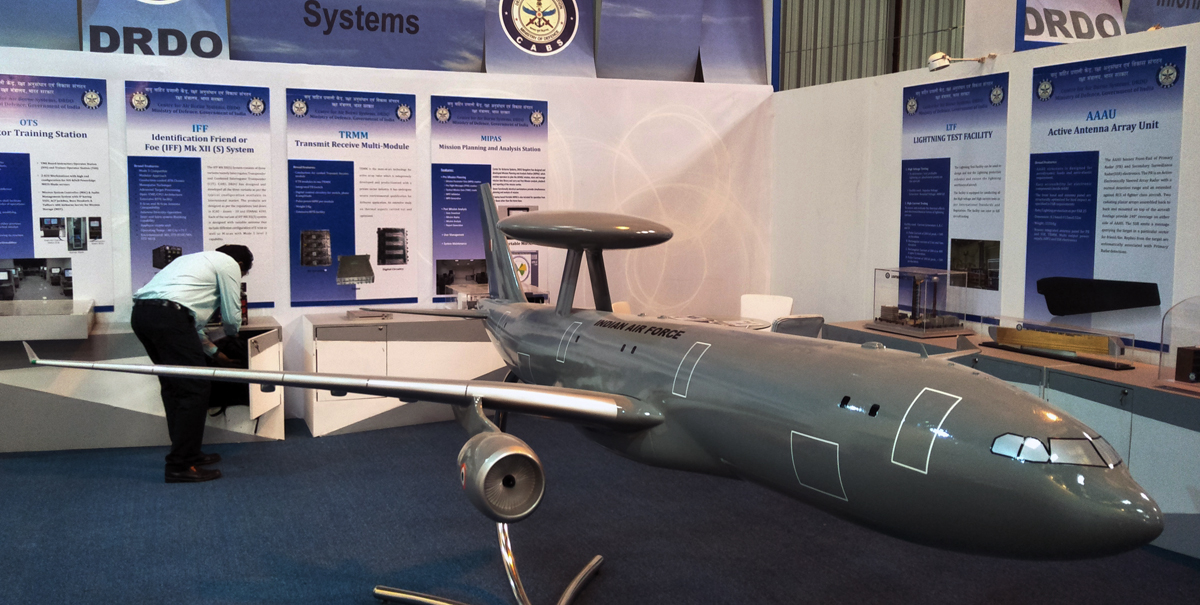
Photographs trickled in today of the Indian Air Force’s first batch of 5 Rafale jets getting some gas mid-air over the Mediterranean Sea on Monday on their seven-hour ferry flight from Merignac, France to the Al Dhafra air base in UAE. Two French Air Force Airbus A330 Multirole Tanker Transports (MRTT) kept the fighters fueled for the long first leg. While one of the tankers landed at Al Dhafra along with the Rafales, the second continued east to India’s capital Delhi to unload a cargo of Covid19 equipment, including ventilators.
While the focus has remained fixed on the Rafales — the first imported fighters to enter IAF service since the Russian Su-30K (and later MKI) at the turn of the millenium, the ferry flight — and especially the sparkling images of the Rafales tanking up en route — has served as a hard reminder of the IAF’s serially fruitless efforts to buy new generation flight refueling aircraft. The IAF currently operates a small fleet of Russian Il-78M FRAs based at the Agra air base, and has been looking to acquire new, more capable tankers for over fourteen years now.

It was a particular brand of irony, perhaps, that the tankers that fueled the IAF Rafales on their ferry flight Monday, were the precise same type — Airbus A330 MRTT — that the IAF has had to drop plans of acquiring twice before owing to roadblocks on cost. In fact, the Indian Air Force is reported to be so despondent about another contest throwing up any fresh result, that it is seriously considering leasing tankers as a medium term option.
Things have changed dramatically since 2016 when the Indian Air Force was contemplating floating a fresh tanker tender. As Livefist had reported in detail at the time, the big entrant into any new contest would have been Boeing’s 767 based KC-46A Pegasus. If the IAF chooses to drop leasing plans and attempt a straight capital acquisition, it will be a face-off between the MRTT and Pegasus. In 2018, it issued a request for information (RFI) to trigger its third attempt at acquiring 6 tankers, but that effort hasn’t moved forward. But so convinced is the IAF that such energies will hit a cost wall yet again that they are seriously considering the lease option. The IAF has spent the better part of a year framing requirements for the lease route, and is understood to have made enquiries with the US Air Force too about available lease models.
And while border tensions with China have allowed the Indian armed forces to justify and push through acquisitions without the familiar fuss of red tape, the IAF sees fierce budgetary pressures as possibly greater reason to look seriously at the leasing option.

The path ahead is replete with self-imposed complications, in the best traditions of Indian defence planning. The A330, for instance, is India’s platform of choice for a proposed AWACS platform being developed by the DRDO. In 2015, the Indian MoD had approved plans to acquire two A330s for the AWACS program, largely because the A330 was also the ‘winner’ in the IAF’s then living-breathing tanker contest. Livefist has detailed that in this post five years ago. In 2018, clearly amplifying the IAF’s increasing exasperation, it informed the DRDO that the proposed A330 AWACS needed to double as a tanker.
Both Boeing and Airbus have been informed of the IAF’s plans to consider the lease option and have both communicated that they are available to provide any information that may support a decision one way or the other. In very real terms, this would be more Airbus’s loss than Boeing’s by many miles. While the European conglomerate has struggled to close military airframe deals in India, Boeing has been on an uninterrupted roll in India, with deals for C-17, P-8I, AH-64E Apache and CH-47F Chinook in the bag, deliveries of more P-8Is and Apaches in the offing — and an additional deal for the P-8Is likely to be pushed through next year. If Airbus has had a serial run of tough luck so far, its active current opportunities in India too are far from straightforward. The Airbus-Tata bid to build and replace the IAF’s doddering HS748 Avros with the C295 has been adrift for years now, while its bid for the Indian Navy’s 111 naval utility helicopter (NUH) contest remains complicatedly linked to the Strategic Partnership (SP) model.
Covid19 pressures and border tensions are having contradictory pressures on the impulse to procure and recapitalise. It remains to be seen where things land on tankers and beyond.
from Livefist https://ift.tt/30TBh5X
via Live Defense

No comments: